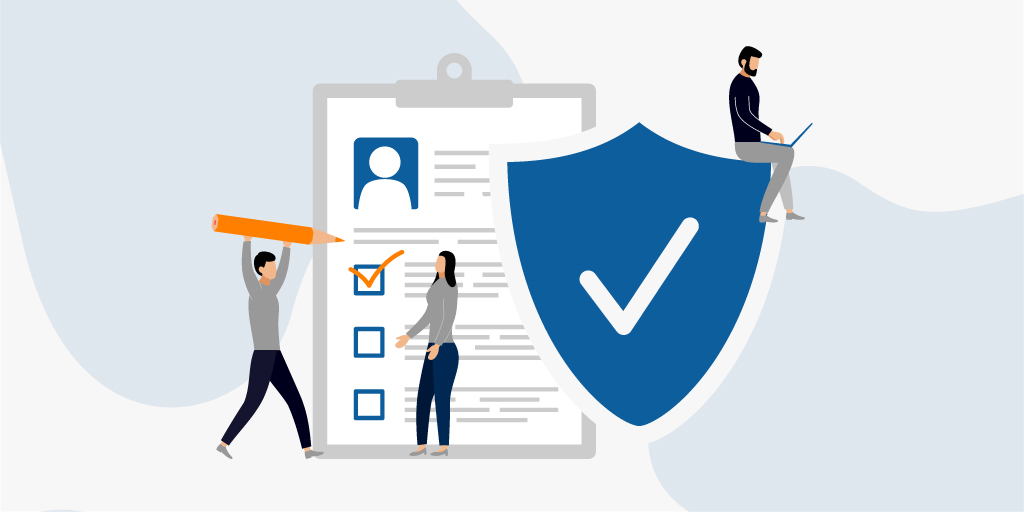Authentication prevents data breaches
To prepare for CCPA, known as the California Consumer Privacy Act, companies should be looking at authentication as a way of preventing data breaches. Businesses could consider the use of typing biometrics as a more user-friendly alternative to protect customers’ accounts based on the way they type on their keyboards.
Once with increased significance given to big data as a means of doing business, privacy has become a worldwide issue. The number of records stolen from all sorts of companies (Yahoo, Facebook, Marriott) does not seem to decrease from year to year. Instead, it’s forecasted that by 2021 cyber attacks will cost the world $6 trillion annually.
In most countries, privacy is a fundamental human right. With recent global data scandals and breaches rising in numbers and size, citizens and governments are encouraged to enact new privacy acts in order to hold data controllers accountable.
What is CCPA?

From a business point of view, the California Consumer Privacy Act, much like GDPR in Europe, means an increased risk of civil lawsuits provided that companies fail to protect personal information.
The legislation was built with the rights of consumers in mind, giving people more flexibility and control over their data, including the right to know the type and purpose for data collection, and the right to have personal information permanently deleted.
Robust authentication is the key to data protection
2-factor authentication and multi-factor authentication, known as 2FA and MFA, imply that during login, besides entering a username and password, a person must undergo one or more factors of security.
But user-friendly authentication is key to customer retention
Although security factors are helpful in preventing privacy infringements, too many times a day a user gets annoyed about having to memorize or write down security codes or having to grab all sorts of physical tokens to access their accounts.
Therefore, the use of behavioral biometrics such as keystroke dynamics, voice recognition, or walking gait is a much more user-friendly solution as it is embedded in the natural way people do things on a daily basis.
Behavioral biometrics can better online security and reduce the risk of fraud. It can be used as an authentication solution for online banking, e-learning, and anywhere authentication is required.
With typing biometrics, a form of behavioral biometrics also known as keystroke dynamics, a user’s typing pattern is used to validate identity by ensuring they are the ones typing their credentials. What this means is that even if an attacker had access to a person’s username and password, they would not be able to access that person’s account based on having a different typing pattern than the account owner’s.
Typing biometrics and data privacy regulations compliance
Imagine a person remotely accessing their bank account in a coffee shop by entering their login credentials while seamlessly using typing biometrics. A potential hacker stands right behind the subject and memorizes their login information. However, going further, the attacker will not be able to access the account as the typing pattern will not match.
This way, the company managed to prevent a data breach and to avoid potential legal penalties by implementing typing biometrics as a second factor of authentication, a user-friendly and cost-effective technology, which doesn’t require any additional hardware besides the implicit keyboard.
Companies rely heavily on consumer data to undergo daily business activities, so consumers’ trust is what they should seek, making data protection a top priority. Handling data with care not only keeps customers happy, but it ensures high brand loyalty.
One way to protect customers’ accounts and prevent data breaches is by using authentication. Preferably, for good user experience, companies should use methods that require little additional effort to users, known as frictionless authentication.

